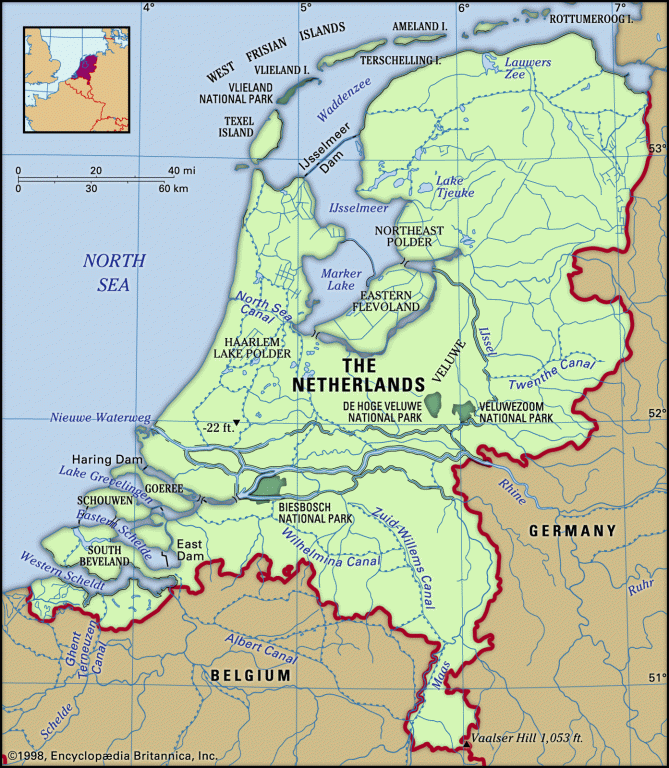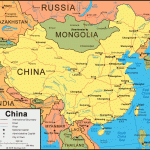I posted Thursday that a court in The Netherlands (=Holland) this week ordered its largest corporation, Royal Dutch Shell, to “reduce [carbon] emissions resulting from its products sold in the Netherlands by 45% by the year 2030 compared to 2019 levels.” It was the first time in the world that a court ordered a corporation to reduce emissions resulting from its burning of fossil fuels. But it was especially significant that it was a leading corporation in the oil and natural gas industry. The clientele of that industry–which pretty much consists of every human being on planet earth–contributes a huge percentage of the carbon emissions that mixes with earth’s atmosphere to cause global warming.
Why did this happen for first time in the world in The Netherlands? It’s because it is one of the lowest places on earth that is located adjacent seawater–it’s western flank is on the North Sea. Also, The Netherlands is not far from the Arctic Ocean where large chunks of ice are melting due to global warming and causing the rise of sea levels. In fact, Netherlands means “lower countries.”
Furthermore, The Netherlands is the second most densely populated nation in the European Union, with 17 million people living in a confined area of only 16,000 square miles. Yet with very fertile soil and so much flat land, The Netherlands is the second largest exporter of agricultural products by value in the world.
The Netherlands is located straight across North Sea from the United Kingdom. Much of The Netherlands was created by people reclaiming land from the sea. For centuries, the Dutch people built dams, dikes, other type of storm barriers, and placed pumps to reclaim land that was near or lower than the North Sea and thus subject to submersion from its inflowing seawater.
Michiel van den Broeke, a professor of polar meteorology at Utrecht University, a public research university in The Netherlands, says, “We’ve lost almost half the Arctic ice now, and both the ice sheets of Greenland and Antarctica are losing mass and contributing to sea level rise significantly. This is also at some point irreversible, and we should be very careful not to cross this tipping point, because that means we will be committed to sea level rises of many meters, and that is something that the Netherlands cannot cope with.”
The United Nations’ Intergovernmental Panel on Climate Change gathers data on global warming to assess the future. It predicts an average of three to six feet of sea rise throughout the world by the year 2100. That includes the provision that countries keep their pledges to cut carbon emissions under the Paris Climate Agreement, which is not happening. This scenario is frightening for low-lying countries such as The Netherlands, some islands in the sea, and low-lying coastal cities throughout some of the world. In the U.S., Miami may be the most vulnerable. At the current rate of the human burning of fossil fuels, much of the land of cities around the world, and even large land masses of countries such as The Netherlands, could become watery graves.


















